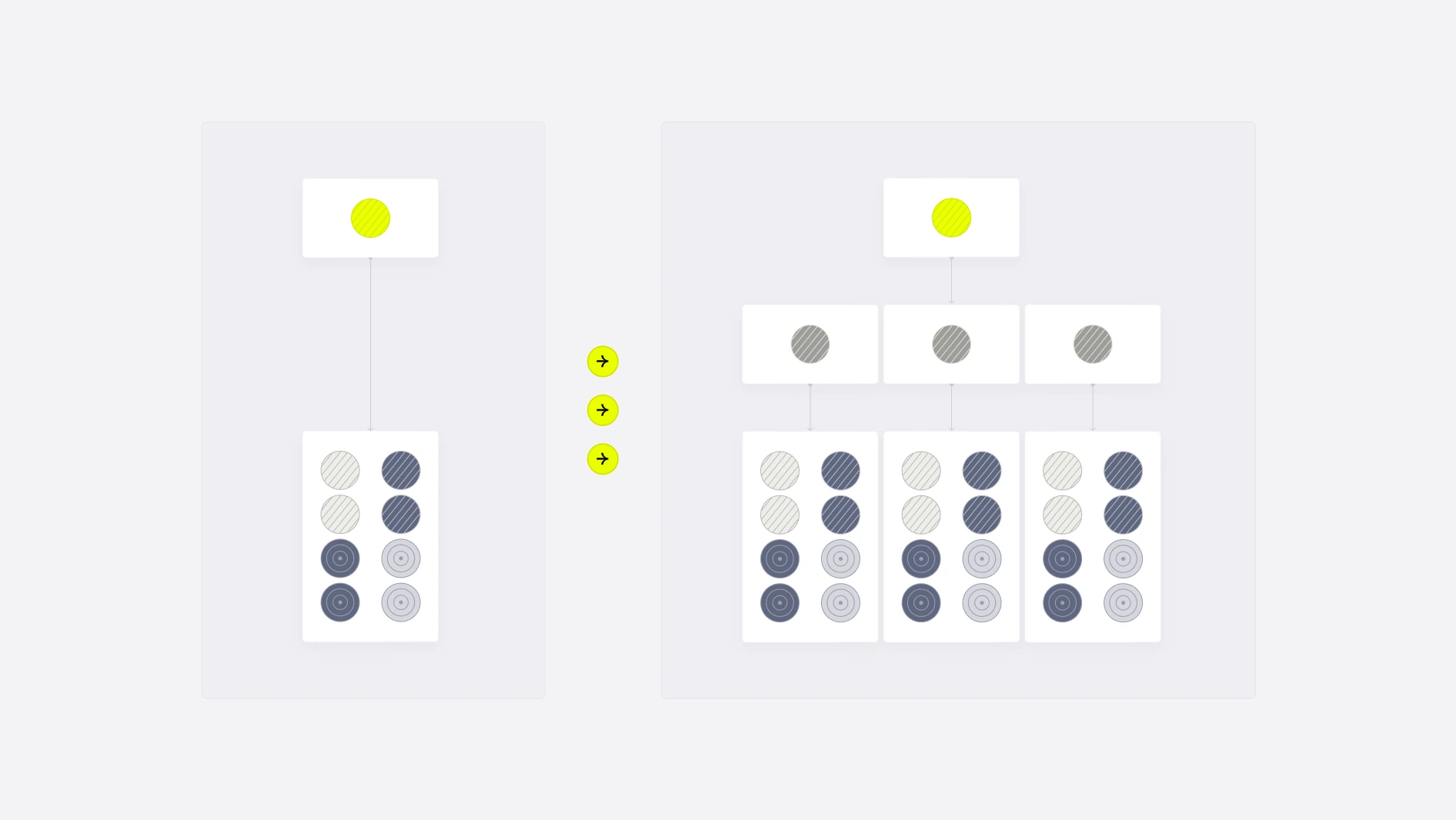With February behind us, we’re looking forward to all the new releases, articles, and more that are headed our way. Last month, we saw some incredible growth happening in the web world. Next.js is pushing boundaries left and right, while Angular is quickly catching up and acquisitions are happening too. So let’s take a look at what we were reading, watching, and discovering this past month.
News & Exploration
Core-js: The History, the Issues, and What’s Next
All of us at OAK’S LAB use at least some package from NPM or Yarn. But did you know that most of those libraries and even websites you use (Amazon, Twitch, Netflix, Reddit, and many more) are using a library called core-js? In fact, you can find core-js on about 75%-80% of the top 100 websites out there. In this lengthy post, the creator of the library has something to say to all of us. It’s his last attempt to keep core-js as a free open-source project with a proper quality and functionality level, and he wants you to hear it.
Next.js does not slow down. Next.js 13.2 includes major improvements to the App Router (app) in preparation for stability. Now they are bringing mdx support for server components, metadata API for your pages to easily create metadata for each page, progressive ISR and faster re-deployments on code changes with Cache, and many more features. Check it out.
At the start of last month, Netlify, the modern web development platform, acquired Gatsby Inc., the creators of the open-source framework Gatsby, to accelerate the adoption of composable web architectures. This acquisition will not only accelerate the product roadmap but also provide developers with increased flexibility and choice in building composable web experiences. Read the press release to discover more.
Angular is joining the party by bringing Signals to their framework. For further explanation of the RFC to see how it's working and how it should be used, you can find it in the link above. Or you can head over to this space for further updates and discussion.
With the release of iOS and iPadOS 16.4 beta 1, Apple has finally added web notifications to their software and brought support for web notifications to the iPhone and iPad. It works just like any other app on the devices, allowing users to receive push notifications from web apps in response to direct user interactions. Permissions are managed the same as well. Check out the article to read more about the new features.
Webviews and HTML for Native Apps
Yes, you heard it right! With NodeGUI, you can create desktop applications (cross-platform) with Node.js and HTML like you are writing your own web applications. Check it out and get started with your own React NodeGUI app.
Listen, Read, & Watch
- Astro 2.0 Island Architecture and React 🎧
- Publish a library on NPM in 90 Minutes 📺
- React.js: The Documentary 📺
- Testing Speed on Runtime Validators (ZOD, SuperStruct, Yup, Typebox) 📰
- 5 Tips for Creating a (Good) Pull Request 📰
A Final Challenge
We’re closing it out with another engineering challenge!
How much do you trust your knowledge of how JavaScript works? This one is for you to test your brain debugging skills.
Can you guess what a and b will be after running the function?
Find the answer at the end of this article!
Our Jobs
Do you want to shape the future and help build companies from scratch? Check out a list of job openings available right now at OAK’S LAB Careers.
That’s the end of the February 2022 Engineering Monthly Round-Up. Thank you for reading, and we hope you've enjoyed the articles, videos, and insights we shared. We look forward to seeing what this year brings our way. If you have any comments, suggestions, or other interesting material to share, please feel free to comment below or send me an email directly at ugur.oruc@oakslab.com. Thank you again, and we’ll be back next month.
Answer
If you are confused, don't worry. It's normal. When you saw the "," operator, your brain debugger might get confused. When you are using the "," operator it allows you to handle left and right operands (left to right) and return the last operand. In this case, it will calculate sum(... and return x*x so it means you get:
If you guessed it right, congrats! If not, don't worry. Now you learned something new.









